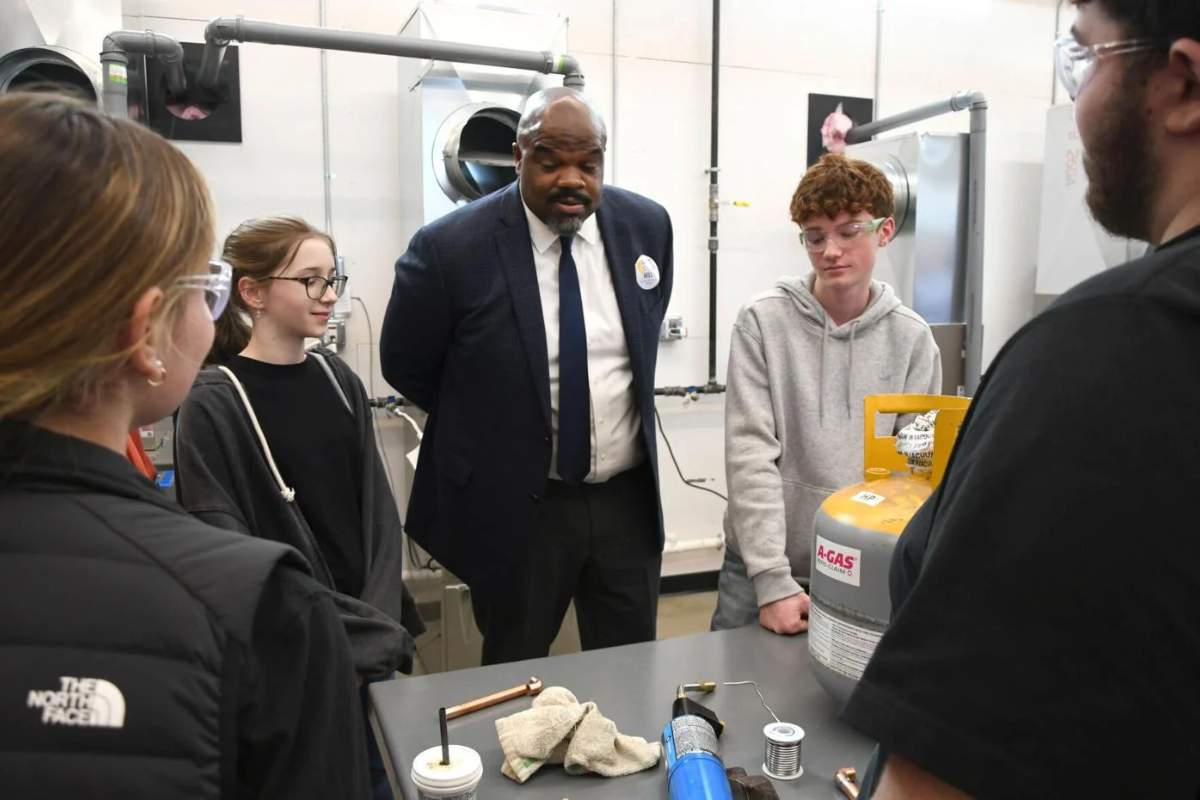Studies have proved that Social-Emotional Learning (SEL) improves the classroom behavior of students. It supports the mental as well as emotional well-being of students due to which they become capable to handle stress issues regarding study. Boosting social-emotional learning is crucial nowadays as it teched students to become more empathetic and compassionate towards each other in vulnerable sections of society. In this article, you will be learning about different ways to encourage social-emotional learning.
How to improve your school’s social-emotional learning program:
You may find the following metacognition-related techniques helpful in developing your teaching for social-emotional learning (SEL).
1. Establish a solid foundation for your SEL lessons on a learning theory

Opportunities for students to improve their social and emotional learning should be based on research on how individuals learn and grow scientifically. According to findings from research conducted by the NWEA on topics including growth mindset, self-efficacy, social awareness, and self-management, contexts at the classroom level, such as peer groups and the learning environment, likely play an important role in the development of social and emotional skills.
When implementing Social-Emotional Learning, it is important to keep a few essential aspects of learning science in mind, such as the following:
- The atmosphere of a school classroom
- interactions both between and among individuals
- Student attitudes
- settings for learning in the academic world
Consider the mechanisms you have control over that have an effect on the students’ context (for example, flexible grouping and seating arrangements), as well as how those mechanisms can be differentiated according to the specific requirements of individual students, as you investigate how these features are used in your instructional repertoire.
2. Provide your pupils with specific teaching in order to stimulate their metacognition while they are learning

Researchers found that a composite of intrapersonal skills (i.e., skills related to internal development) predicted enrollment in a four-year college better than a variety of other individual Social-Emotional Learning competencies in a separate study conducted by NWEA on inter- and intrapersonal skills. The study focused on both inter- and intrapersonal skills. In other words, the manner in which you interact with yourself is just as important, if not more so, than the manner in which you connect with other people.
In order for students to make use of new knowledge in ways that will increase their social, emotional, and academic success, social-emotional learning (SEL) has to be linked with specific education about metacognition; the “so what” is the most important part. Therefore, it was not sufficient for my kid to just memorize the term “amygdala” and be able to regurgitate the definition when it came to his situation. In addition to this, he needed to comprehend the fact that he was experiencing a feeling, one that he was in control of influencing.
Explicit education in the classroom regarding how to employ metacognitive abilities during learning might take the form of a teacher demonstrating their own internal thinking and self-reflection while they are instructing the class. A teacher could, for instance, point out a mistake a student has made, the emotions they have about the error, and how they have moved on from it.
3. Involve members of the family
A robust system for family involvement should be at the center of any comprehensive, school-wide strategy for social-emotional learning (SEL). It is essential for families to have an understanding of how they can assist their children’s social, emotional, and intellectual development, including metacognition, at home, and to provide their children with a variety of options to do so.

Holding an instructional night for PTA members on Social-Emotional Learning is one method to engage parents and guardians in this endeavor. This kind of event ought to work toward the goal of elevating the family voice and building bridges between the learning environments of the school and the home.
For this event to focus on building trustworthy connections, the staff that is conducting it should make sure that the school staff is devoted to listening, and that there are adequate chances for families to share their thoughts on social and emotional learning. Asking kids guided questions about their lived experiences, interests, hobbies, and family culture may help increase openness about the many settings that they are exposed to at school and at home.
Bottom Line:
Teaching mindfulness, encouraging to express students through art, practicing reflective writing, etc are the various ways to boost the social-emotional learning of students within the classroom. These easily build positive attitude within students strengthens the healthy relationship between student-teachers and nurtures resilient nature among them. We hope you enjoyed reading our blog and being introduced to new ways of Social-Emotional Learning.
Also Read: 20 Best Platforms to Learn Data Science and Machine Learning










